Septic Tanks are underground chamber made of concrete or other materials, with which domestic wastewater (sewage) flows for basic treatment and filtration. Their repair and maintenance are very important, since they are related to our health.In this article, We introduce a method for repairing concrete material in concrete septic tanks.
Author Identification Code: CX9274310856, Cademix Institute of Technology
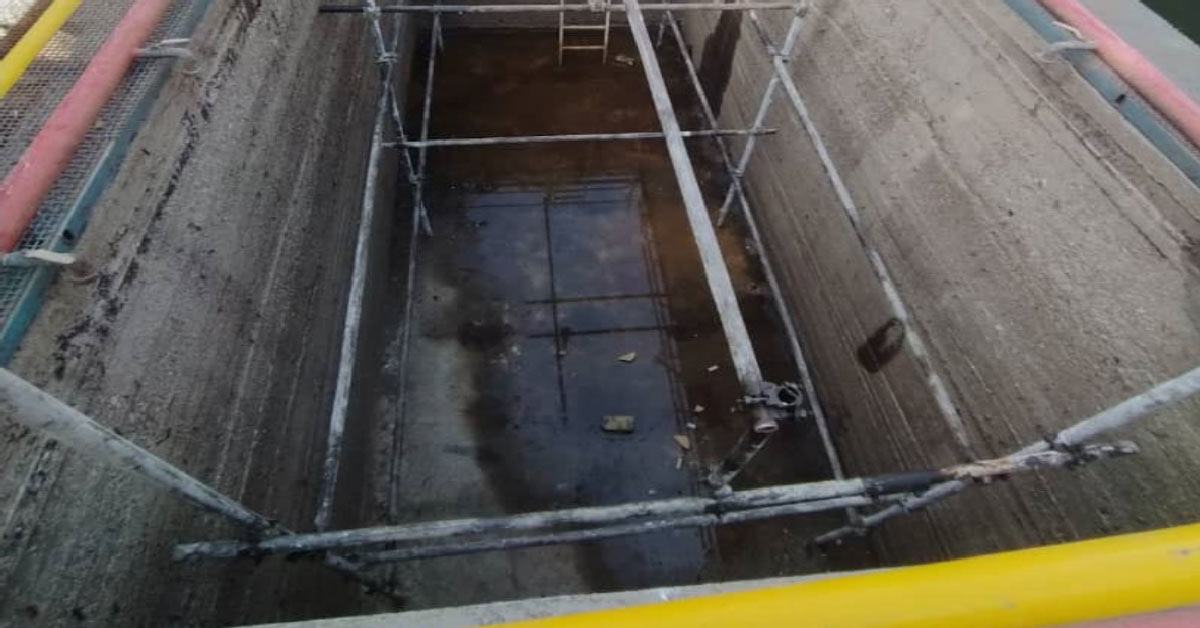
Introduction
These articles describe the septic system, septic tank maintenance, drainage and other components of various septic systems. We discuss how septic systems work, and how to provide septic system care to avoid replacing the septic system unnecessarily.
Septic and Maintenance and Septic Care Guidelines are very important for homeowners home buyers.
For instance a septic tank is what homeowners or homebuyers think about when buying or maintaining a home with a private septic system.
However we have to think about the whole septic system, because it is the place where the sewage is discharged.
What Is Your Septic System and How It Works?
Septic systems are wastewater treatment structures that are typically utilized in rural regions where there are no centralized sewage lines. As a result treat wastewater from residential plumbing, such as bathrooms, kitchen drains, and laundry, with a blend of nature and established technology. A septic system typically includes a septic tank and a drainfield, often known as a soil absorption field.
Organic matter is digested in the septic tank, and floatable stuff (such as oils and fats) and particles are separated from the wastewater. Because the effluent (liquid) from the septic tank is discharged into a series of perforated pipes buried in a leach field, chambers, or other special devices designed to slowly release the wastewater into the soil.
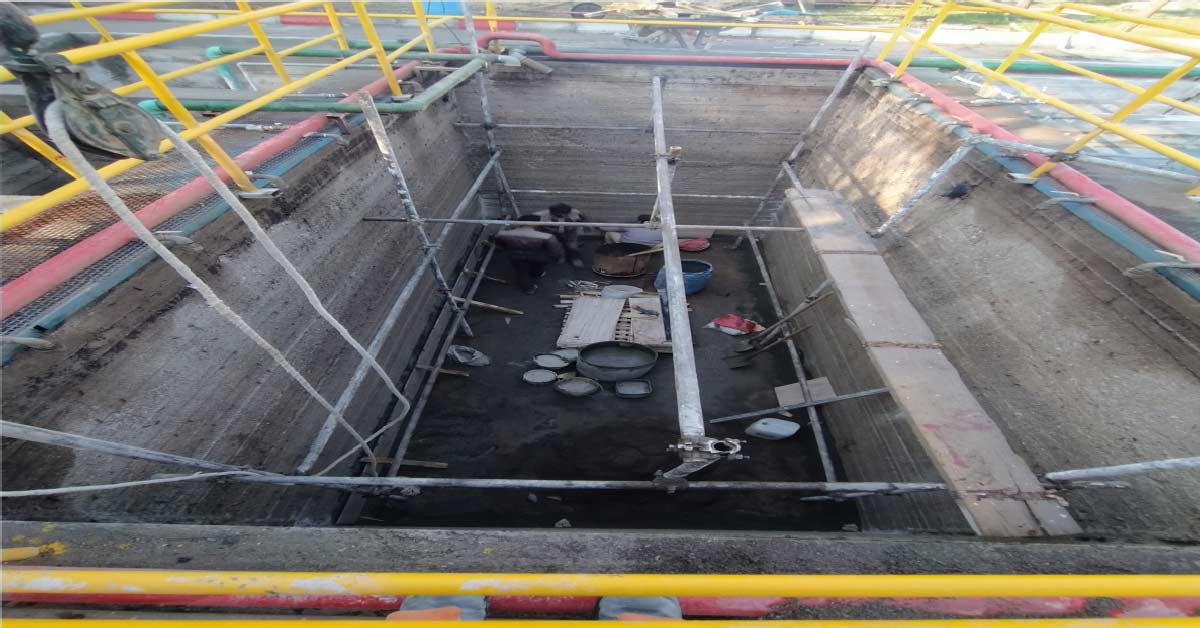
How is a typical septic system works?
All of your house’s water drains into a septic tank through a single main drainage line. A septic tank is a watertight, subterranean container constructed of concrete, fiberglass, or polyethylene. After that its job is to keep the wastewater in place long enough for solids to settle to the bottom and form sludge, while oil float to the top and produce scum.
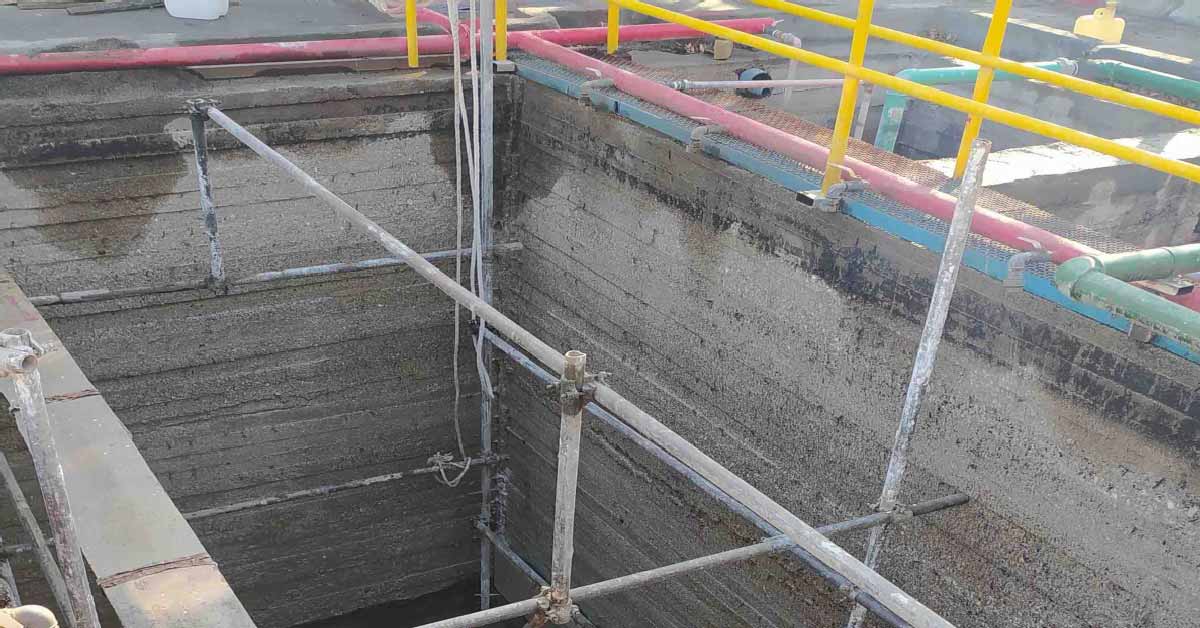
Sludge and scum are prevented from exiting the tank and entering the drainfield region by compartments and a T-shaped outlet. After that the liquid wastewater (effluent) is discharged into the drainfield.
However the drainfield is a shallow, covered, unsaturated soil excavation. Wastewater that has been pretreated is discharged through pipelines onto porous surfaces.
In a previous article we have also discussed the methods to design and repair the concrete floors using the crawl spaces .
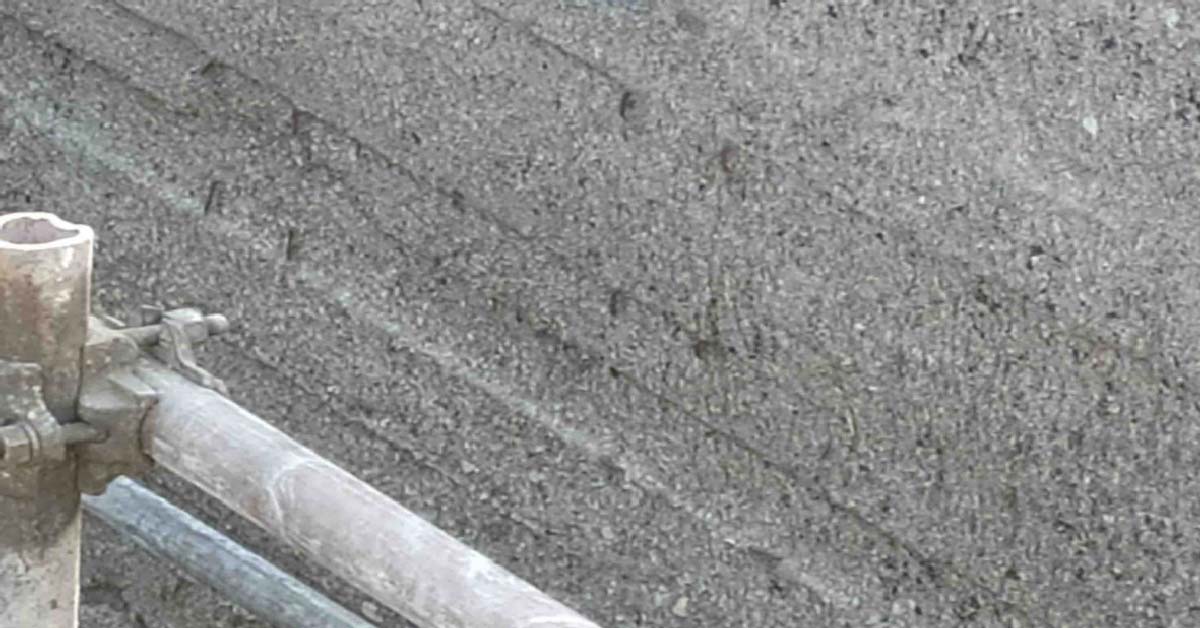
All we need to know about a typical septic system
Water from your kitchen, bathroom, and other fixtures drains into a single main drainage pipe that leads to your septic tank.
The septic tank begins the process of storing waste water underground. It must hold this for long enough for the solids to sink to the bottom and the oil and grease to float to the top.
Moreover the liquid wastewater (effluent) will then be able to depart the tank and into the drain field after this operation. This effluent is dumped into porous surfaces via pipelines. These allow wastewater to pass through the soil and filter.
As wastewater percolates through the soil, it is accepted, treated, and dispersed, eventually discharging to groundwater. Finally, the wastewater percolates into the soil, eradicating dangerous coliform bacteria naturally.
What is a Septic Tank Defects?
Water and waste draining slowly from drains, sinks, and toilets. For example Sulfate spoils concrete. As a result The plumbing system is making gurgling noises.
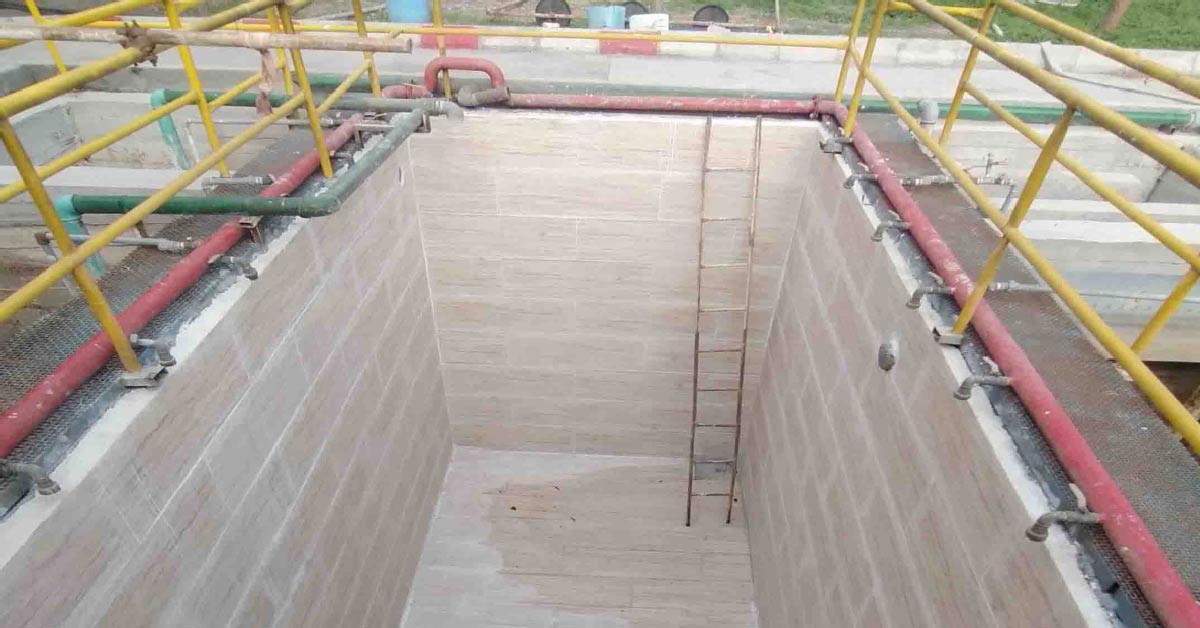
What happens if we don’t have a regular maintenance
This is the most prevalent issue, and it’s also the easiest to prevent. Because it is critical to get your septic tank drained on a regular basis.
The specific schedule will differ from tank to tank; for some, it will be once a year, while for others, it may be 3 times a year. The septic tank system may never need to be emptied for some people. Nonetheless, emptying your septic tank on a regular basis will keep it in top shape and prevent future septic tank issues.
It’s critical to stay on top of your schedule; most septic tank emptying businesses can accommodate you. If you know it’ll happen every year, just schedule the same day with the same firm every year and you’ll be fine.
Tanks can sustain damage in a variety of ways
Vehicles passing over the tank’s top. Because cars, trucks, and tractors running over the top of tanks, destroying either the access / lid or the tank, is one of the most typical methods for a tank to break or be destroyed. As a result If at all possible, avoid driving over the tank or leach field.
The concrete is deteriorating
If I do not mix the concrete well, it will deteriorate with acid after a while. As a result In some cases, depending on the location and extent of the damage, concrete can be patched.
Why do concrete septic tanks fail?
The damage caused by hydrogen sulfide gas and subsequent chemical reactions, which are a consequence of anaerobic bacterial respiration, can cause a concrete septic tank to degrade and fail. Septic systems work in an anaerobic environment.
When a concrete septic tank cracks, it can lead to leaks, posing a serious risk of soil pollution. Minor cracks and/or leaking indicate that the tank can still be fixed and sealed, extending its life by a few years. I recommend that you hire a septic service company to pump the tank and evaluate the damage (or damages) to see if the problem is mild enough to be remedied. If your septic provider has determined that fixing the cracked septic tank is feasible, the procedure will most likely be as follows:
Solution: Concrete Repair
Use of anti-sulfate cement and use of a ceramic layer on the concrete of the septic tank. We tile the damaged concrete, but we use anti-sulfate cement mortar.
In this method, we have two goals:
first, that the concrete that has been damaged by acid is repaired.
Second, ceramic tiles are anti-acid due to their glaze. So the life of concrete increases.
In the photos we put in the article, you see a real project.
Keyword Related to septic tanks
Septic Tanks – Repair and Maintenance, septic, concrete septic, concrete repair, Sewer,Disposal,Pumping,Pumped,Surface-water,Homeowner,Aerobic,Sewage system, Sewer system, Flush, Wastewater treatment systems, Onsite, Sewage disposal, Ground water,Trench,Runoff,Gravel,Soils,Gallon,Subsurface,Installer,Distribution box, Trenches, Wastes, Odors, System maintenance, Percolation, Septage, Septic tank pumping, Water-quality, Contamination, Septic system maintenance, Sewage treatment systems, Clogging, Drinking-water
.
